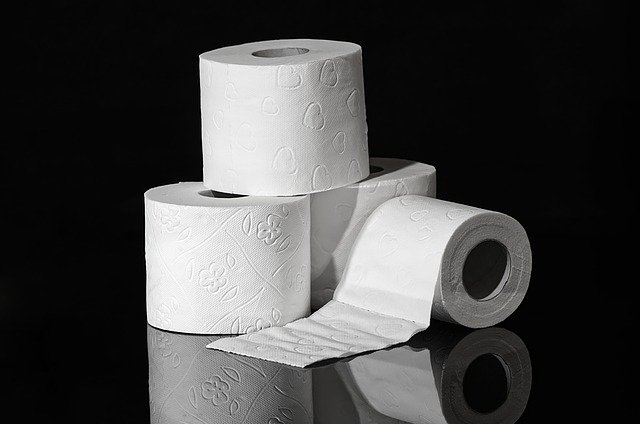We take toilet paper for granted in this country. It’s a mainstay of bathroom operations and has been for many decades, so we believe that it’s the only real solution. However, toilet paper does a lot of damage on a personal level and a global environmental level.
The Many Costs of Toilet Paper
These are just some of the reasons why toilet paper is doing harm:
- Tree usage. Did you know the average American uses 90 rolls of toilet paper every year? Toilet paper, like all forms of paper, is made from cutting down trees and processing lumber. Trees are a somewhat renewable resource, since we can always plant new varieties and regrow what we cut down. And truth be told, the lumber industry has become much more environmentally sustainable over the last couple of decades. However, we are collectively using toilet paper and other paper products at a somewhat unreasonable pace; if we remain on this trajectory, we could end up over-exhausting our natural forests and running into major environmental sustainability problems.
- Shipping and packaging. Paper isn’t the only resource used in the manufacturing, distribution, and delivery of toilet paper. In the processing of toilet paper, multiple industries in the supply chain emit a constant stream of pollution and use plastic to package rolls of toilet paper adequately. On top of that, toilet paper is sometimes shipped across the country before it makes its way to store shelves, resulting in even more expenditures of fossil fuels and emitting more pollution.
- Consumer costs. Even if you don’t care about the environment, you should care about how much money you’re spending on toilet paper. The average household ends up spending hundreds of dollars every year on toilet paper; reducing the amount of toilet paper you use could save you a lot of money, and eliminating your toilet paper use (or nearly so) could turn into a major financial windfall.
- Clogs. Not everybody practices reasonable toilet paper habits. Some people, especially children who don’t know any better, use an excessive amount of toilet paper when cleaning themselves. Trying to flush down massive wads of toilet paper all at once can result in a clog; small clogs are relatively easy to deal with, but bigger ones can end up costing you thousands of dollars to fix.
- The minimal clean. While we think we’re cleaning ourselves when we wipe with toilet paper, the unfortunate reality is that toilet paper doesn’t get us very clean. You can test your own intuitions on this; if you got a smudge of dirt on your arm and you merely wiped it with a sheet of paper, would your arm feel clean? Or would you feel motivated to wash your arm with water? The sad truth is many people aren’t getting the post-bathroom clean they need to feel comfortable – and they don’t even realize it.
- Abrasiveness and personal discomfort. Many of us have gotten used to the idea of wiping with toilet paper, but that alone doesn’t make it more comfortable. You’re welcome to splurge on the highest-quality toilet paper you can afford, but even the softest materials still have an abrasive quality to them that makes wiping irritating.
The Alternative
Even if you’re a lifelong toilet paper user, you should seriously consider the arguments against toilet paper. So what’s the alternative?
One option is to use a bidet. Bidets are devices that introduce a jet of water to clean you after using the bathroom. Empirical research and anecdotal stories both suggest that using a bidet is much more comfortable and gets you cleaner than conventional toilet paper. You’ll still need to use a little bit of toilet paper to dry yourself off after washing yourself with water, but you won’t have to suffer from the abrasiveness of the paper, and you’ll use far less of it in the process.
Otherwise, you can use moist wipes to mitigate some of the problems with toilet paper. Just be cautious; even if a wipe is marketed as flushable, that doesn’t mean you can safely flush it down the toilet. Flushing wet wipes down the toilet is a leading cause of clogged pipes and can cause immense plumbing problems for the future.
If you acknowledge the problems associated with toilet paper, but you’re not yet ready to switch to a different way of cleaning yourself, one safe option is to reduce the amount of toilet paper you use. Rationing the amount of squares you use, for example, could allow you to maintain your cleanliness while simultaneously reducing the amount of toilet paper you purchase each year. Any measurable action you take to reduce your toilet paper consumption can be valuable.














